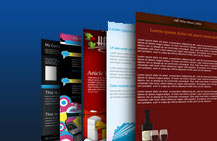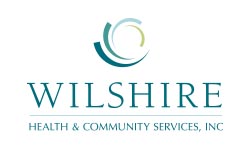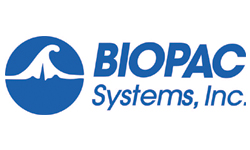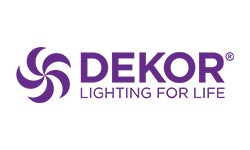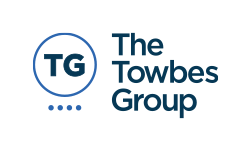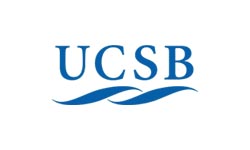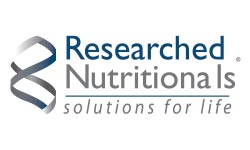7 Steps To Better Email Newsletters
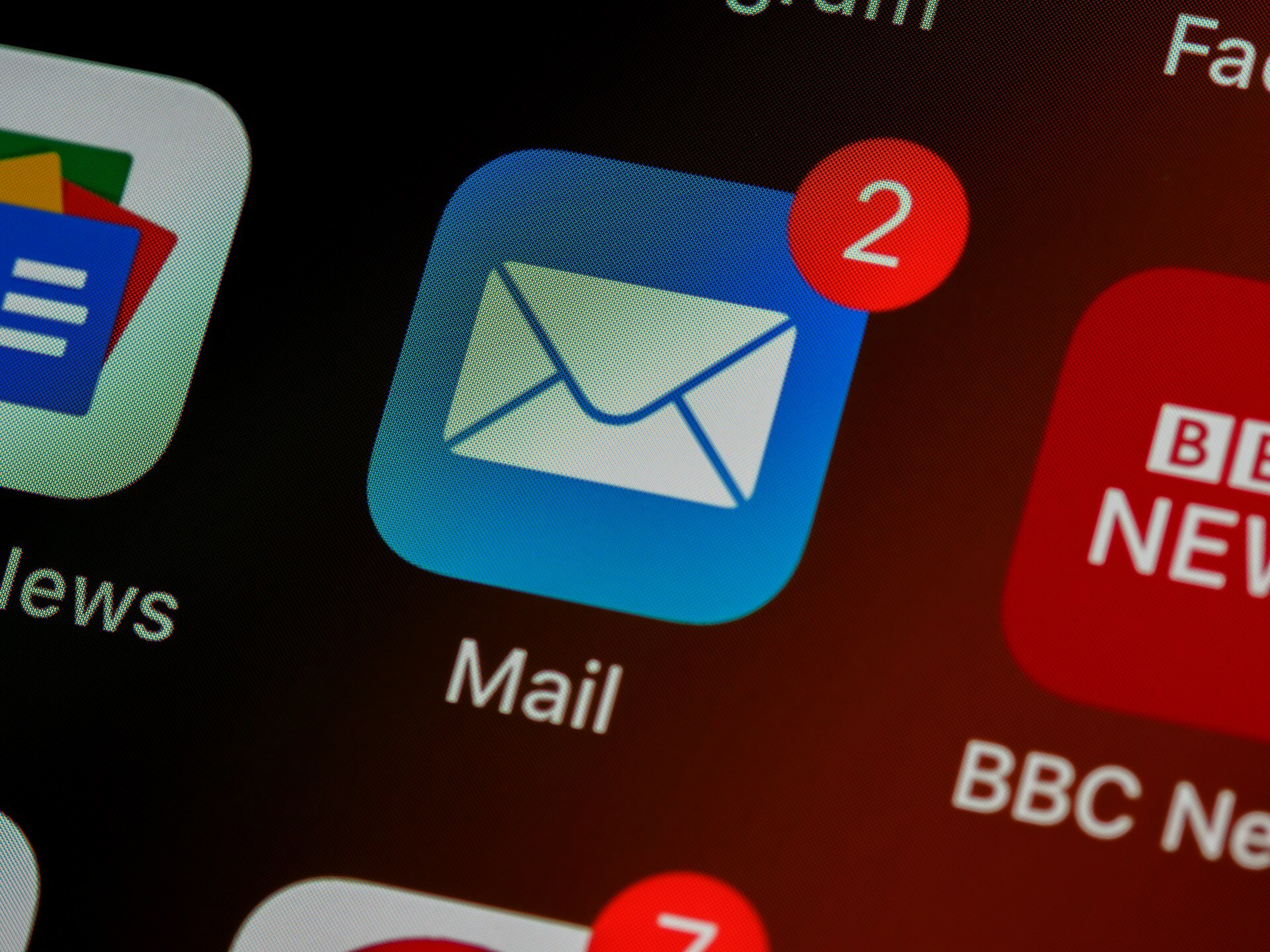
If you want your email newsletter to be opened and read, follow these simple tips…
- Frequency of Emails. Current trends show that emailing between 1 and 3 times per month is the optimal number. Less than that, and you may lose opportunities. If you email more frequently, you run the risk of annoying your customers and having high unsubscribe rates. Having said this, different businesses will have different optimal emailing frequencies. To discover your optimal frequency, track metrics like click-through rates, bounce rates and unsubscribe and spam complaint rates. Of course you should also look at the results of your campaign in terms of conversion rates for website forms and sales (if you sell online).
- Email Subject. The subject of your email can make or break your open rates. A good subject can get as much as 80% of your readers to open it whereas a poor subject can lead to a less than 1% open rate. How do you construct a good subject? Don’t try to sell. Subject lines like “Shop Early and Save 10%” or “Holiday Sales Event” are among the worst performing. On the other hand, subject lines that simply describe the contents of the email, like “<Company> Sales & Marketing Newsletter April 2011”, do the best. This may be counterintuitive, but it’s backed by statistics from some of the largest emailing companies. Read the research on the 20 best and worst performing subject lines.
- From Address. If you or someone at your company is well-known to your readers, you will get better open rates by using their name and email address in the FROM line of your newsletters. While the CEO may not want to use their personal email address for your company newsletters, if they have good name recognition among your customers and prospects, using their name and address in the FROM line will improve open and read rates. If the email comes from someone that your customers have received email from before, that can work well also as that address is more likely to bypass spam filters.
- Email Content. Keep it short and sweet and focus on adding value. If you try to sell your product or service right from the beginning, readers are much more likely to tune out. Instead, provide relevant advice, tips or stories. If you build a good reputation with your readers for consistently writing valuable newsletters, they will be much more receptive when you make the occasional pitch or offer.
- Link Back to Your Website. Make sure to include several links in the email back to your website. The best way to do this is to have a generic link to your home page in the header of the email as well as specific links within the content of the newsletter that take readers to specific pages within your website. A typical strategy is to write a 400-500 word article and put only the first 100-200 words in the email newsletter with a “more…” button that takes them to your website to read the rest of the article.
- Design an Attractive HTML Newsletter. Good design attracts attention and creates interest. Support your content and message through a nicely designed HTML newsletter template that also ties into the brand you have built through your website.
- Have More Than One Person Review & Edit. There’s nothing that screams unprofessional like typos and grammar problems. Every communication you send to customers and prospects should be treated like a resume — it must be perfect because people are going to judge your level of professionalism and ability to execute based on what they read.
